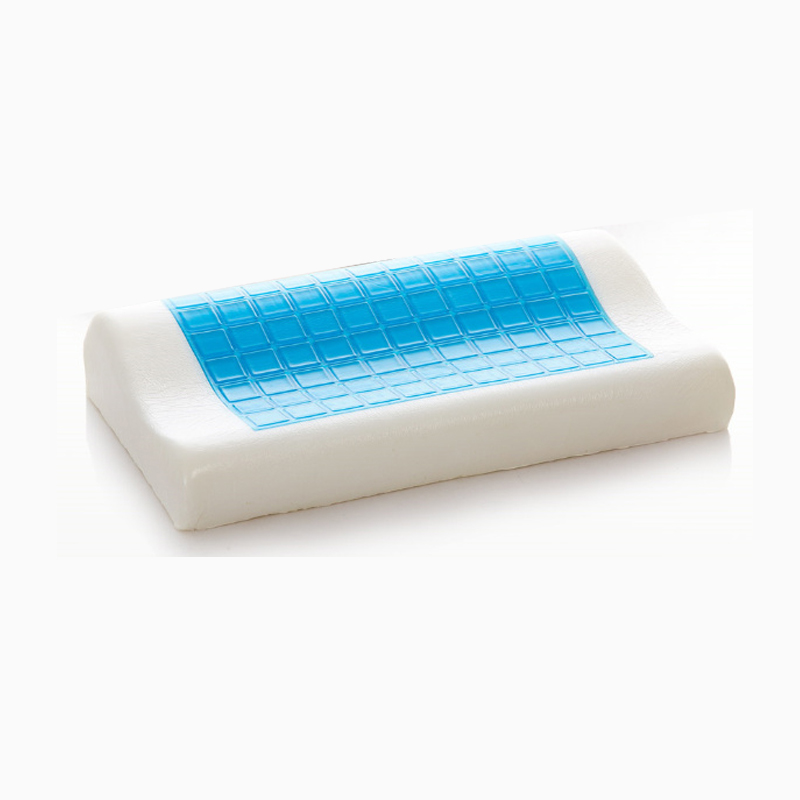The breathability of a gel memory foam pillow is influenced by several factors that can impact how well the pillow regulates temperature and allows air to flow. Here’s a detailed look at these factors:
Type of Gel: The type and amount of gel used in the memory foam can affect breathability. Some gels are designed to improve airflow and heat dissipation more effectively than others.Distribution: How evenly the gel is distributed throughout the foam can impact the overall breathability. Even distribution tends to improve cooling performance.Open-Cell vs. Closed-Cell Foam: Open-cell memory foam allows more air to pass through compared to closed-cell foam. Gel memory foam pillows often use open-cell structures to enhance breathability.Density: The density of the foam can affect airflow. Higher-density foams may trap heat more than lower-density foams, which can impact cooling.

Ventilation Channels: Some gel memory foam pillows are designed with ventilation channels or perforations to enhance airflow and reduce heat buildup.Contour and Shape: The shape of the pillow, such as contoured or shredded designs, can affect how air circulates around and through the foam.Fabric Type: The material of the pillow cover can significantly impact breathability. Breathable fabrics like cotton, bamboo, or polyester blends can enhance airflow and moisture-wicking properties.Mesh Panels: Some pillows include mesh or breathable fabric panels to improve ventilation and enhance cooling.Thickness: The thickness of the pillow can influence how well air circulates. Thinner pillows might allow for better air movement compared to thicker ones.Adjustability: Pillows with adjustable loft or removable filling can provide better ventilation options and allow users to customize the pillow’s thickness for improved breathability.
Phase-Change Materials: Some gel memory foam pillows incorporate phase-change materials (PCMs) that absorb and release heat to regulate temperature more effectively.Cooling Technology: Additional cooling technologies, such as cooling gels or infusions, can enhance the pillow's ability to dissipate heat.Room Temperature: The ambient temperature of the room where the pillow is used can affect its breathability. Warmer environments may make it harder for the pillow to stay cool.Humidity Levels: High humidity can impact the pillow’s ability to stay cool and dry, as it may affect moisture-wicking properties and airflow.
Cleaning: Proper maintenance, such as regular cleaning of the pillow cover and ensuring the foam is not exposed to excess moisture, can help maintain breathability.Air Circulation: Regularly airing out the pillow and ensuring it is kept in a well-ventilated area can help prevent heat buildup.
To maximize the breathability of a gel memory foam pillow, consider factors like the type and distribution of gel, foam composition, pillow design features (such as ventilation channels and cover materials), thickness, and additional cooling technologies. Proper maintenance and environmental conditions also play a role in ensuring optimal breathability and cooling performance.